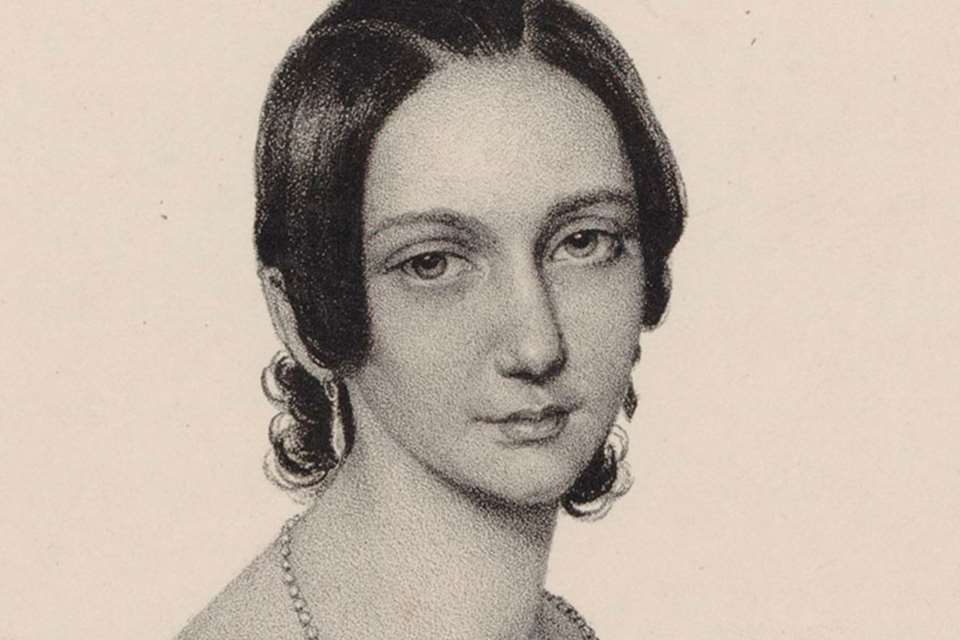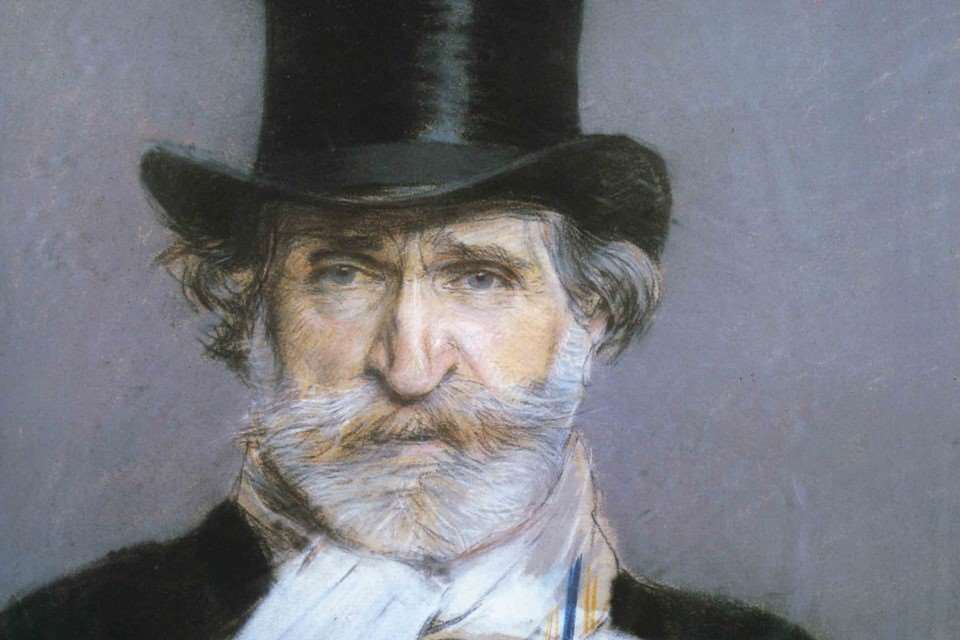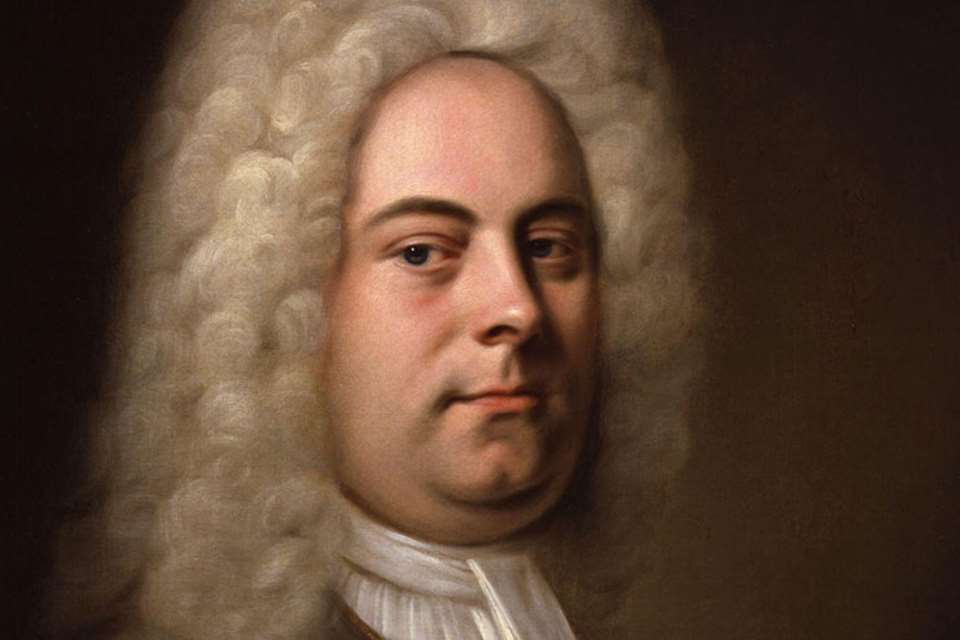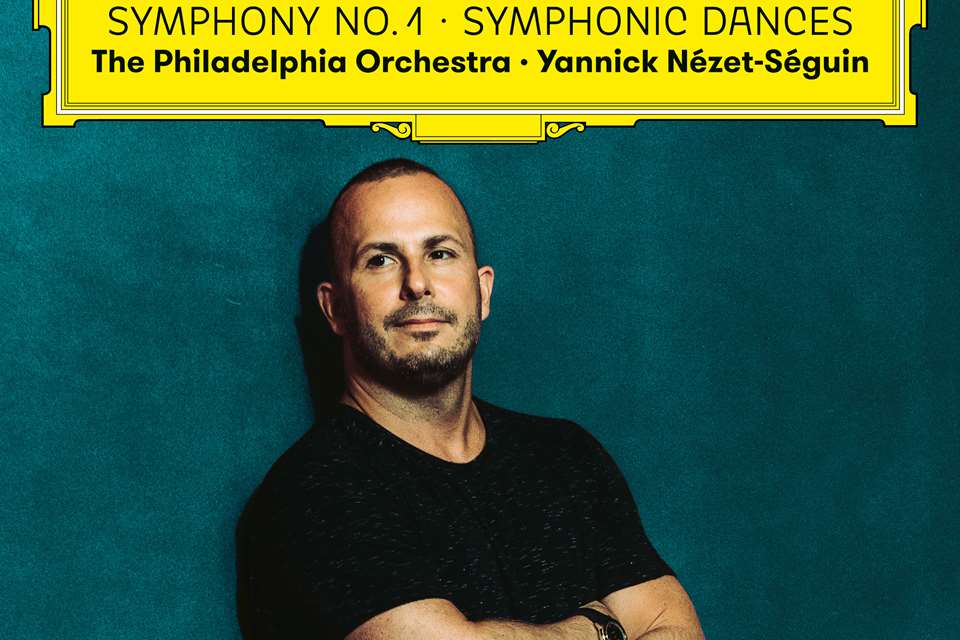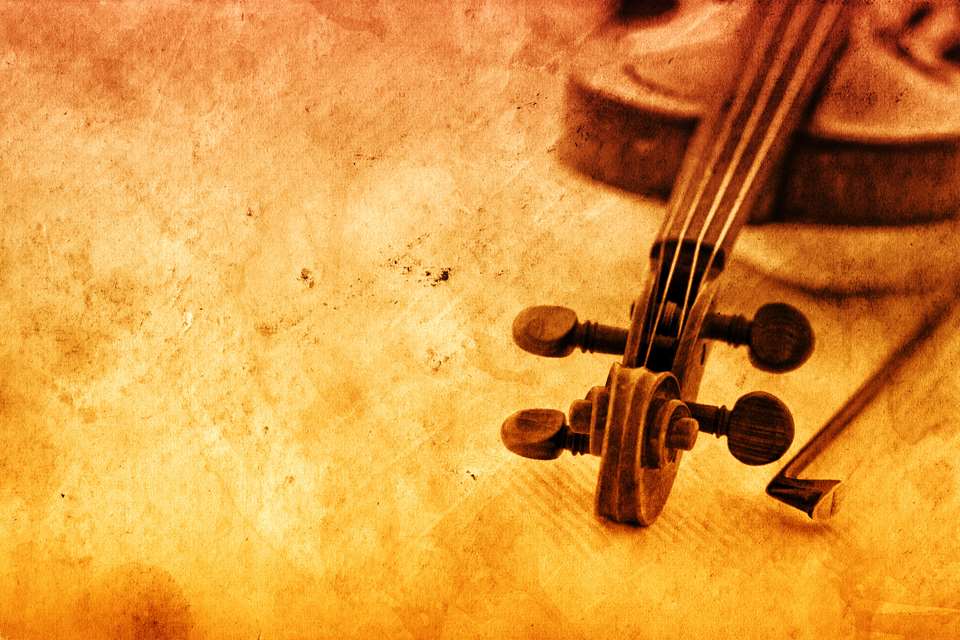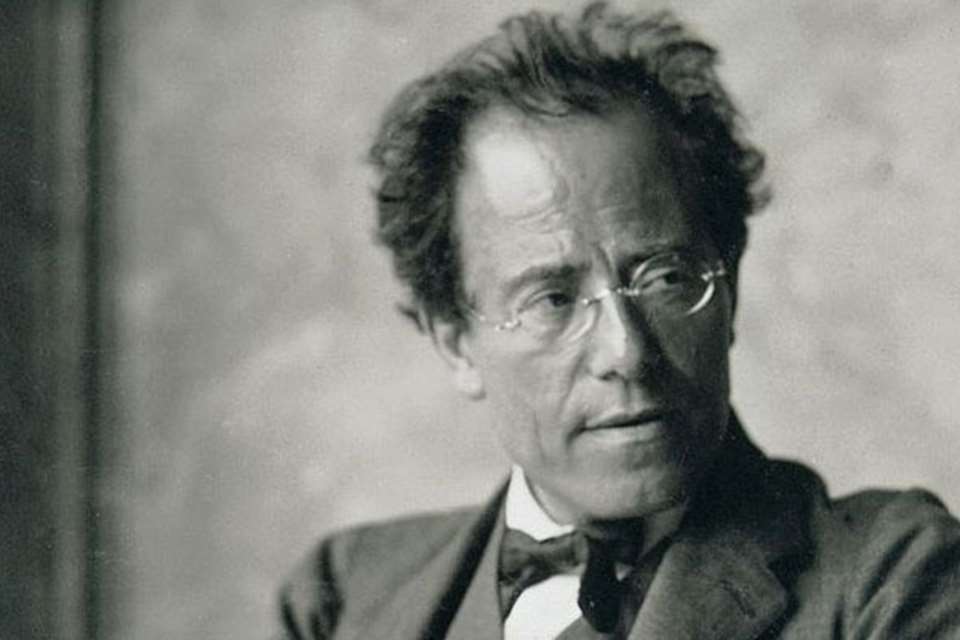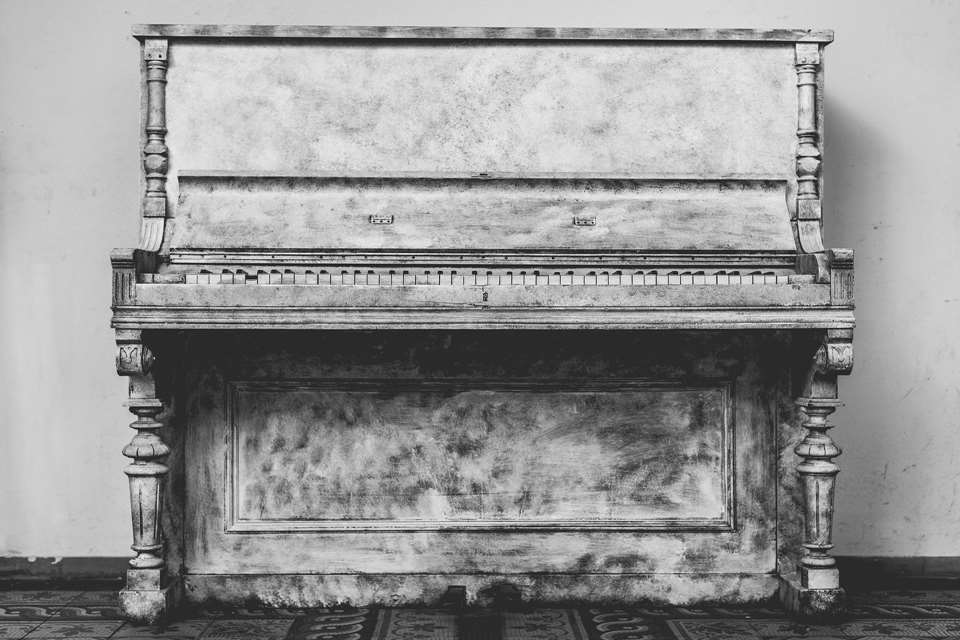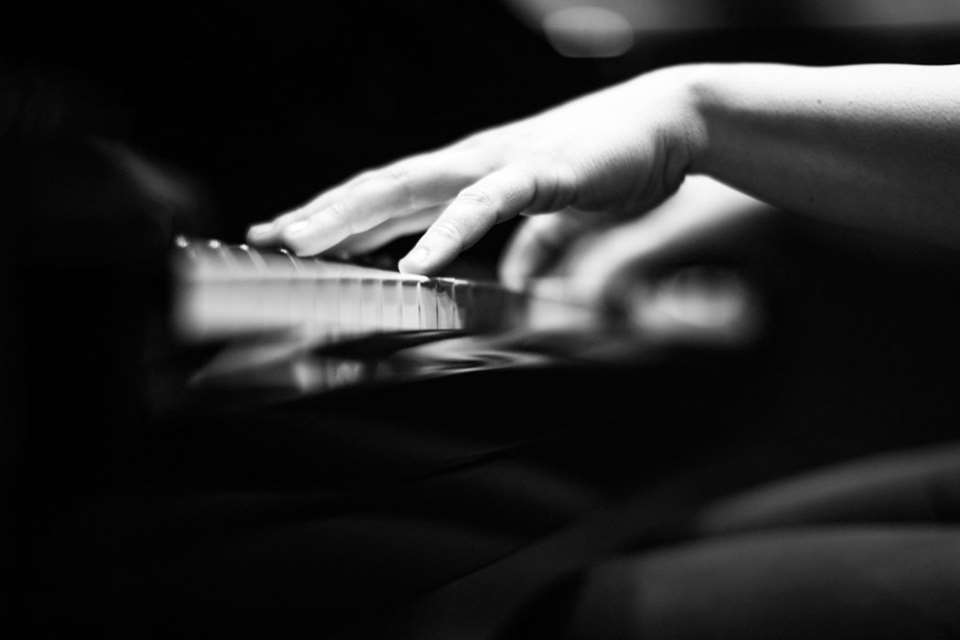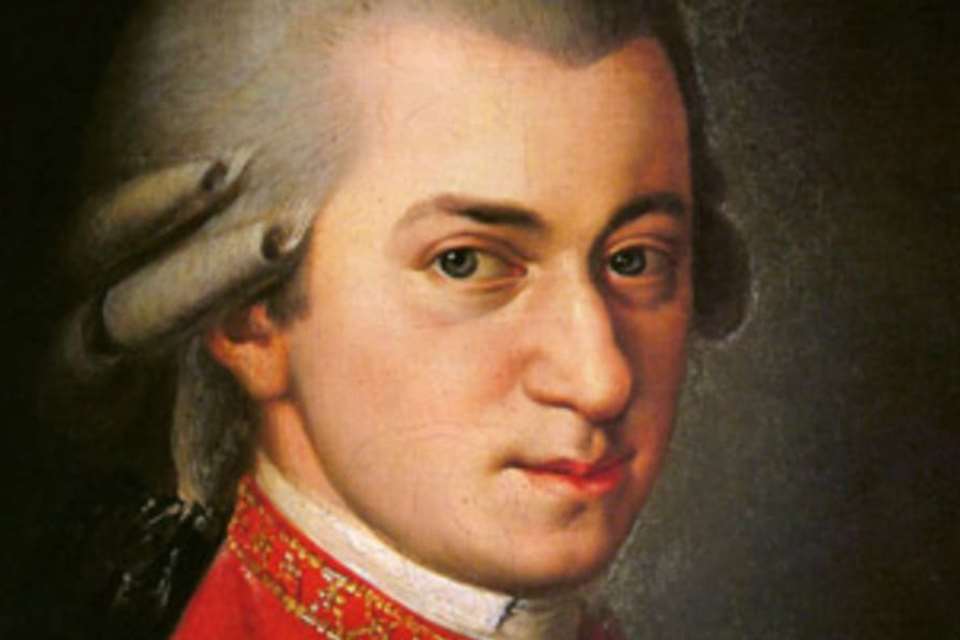A brief history of classical music
Friday, February 24, 2023
A guided tour of the key composers and artistic movements that have made classical music the rich art-form that today still entrances, moves and uplifts
Register now to continue reading
Thanks for exploring the Gramophone website. Sign up for a free account today to enjoy the following benefits:
- Free access to 3 subscriber-only articles per month
- Unlimited access to our news, podcasts and awards pages
- Free weekly email newsletter




